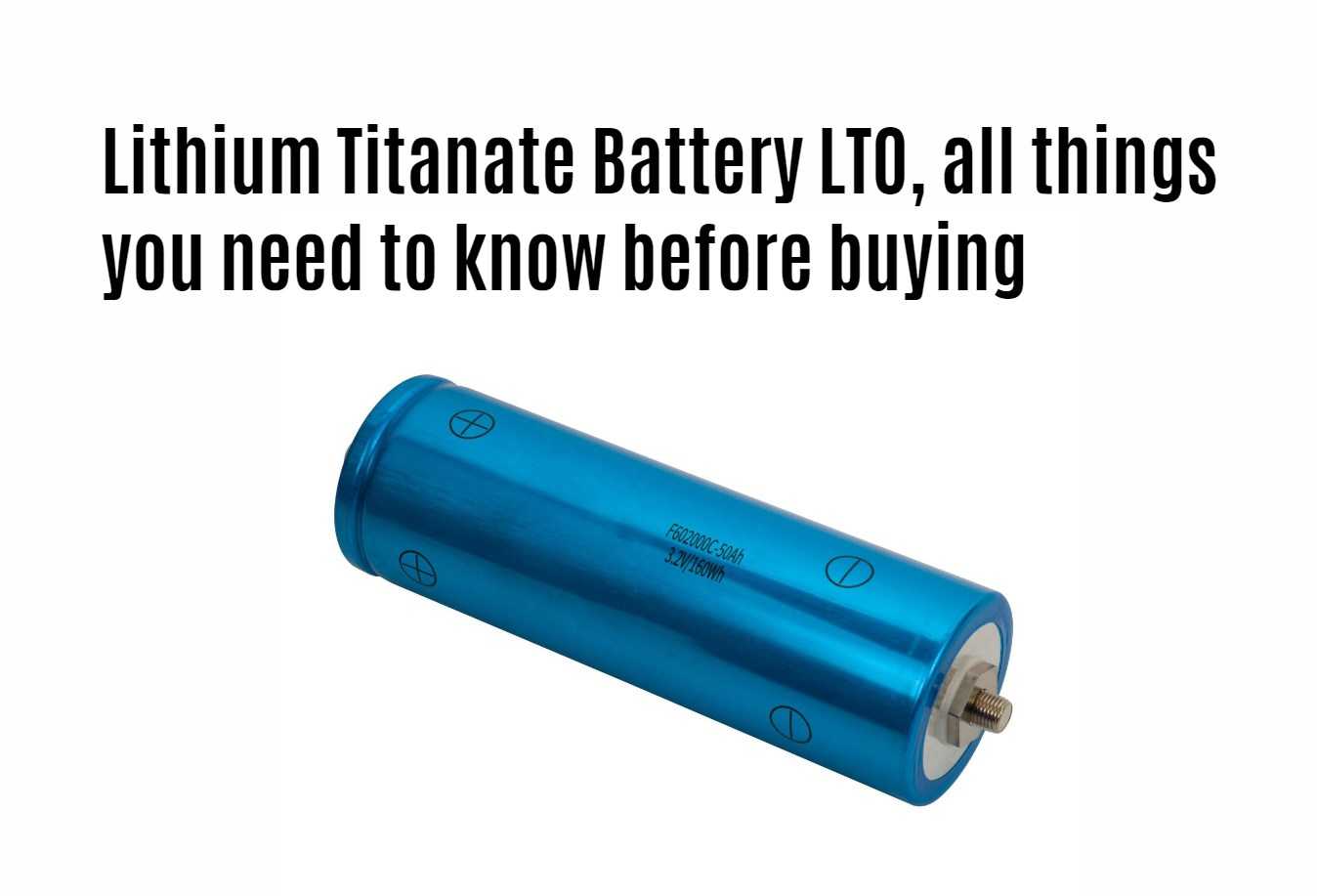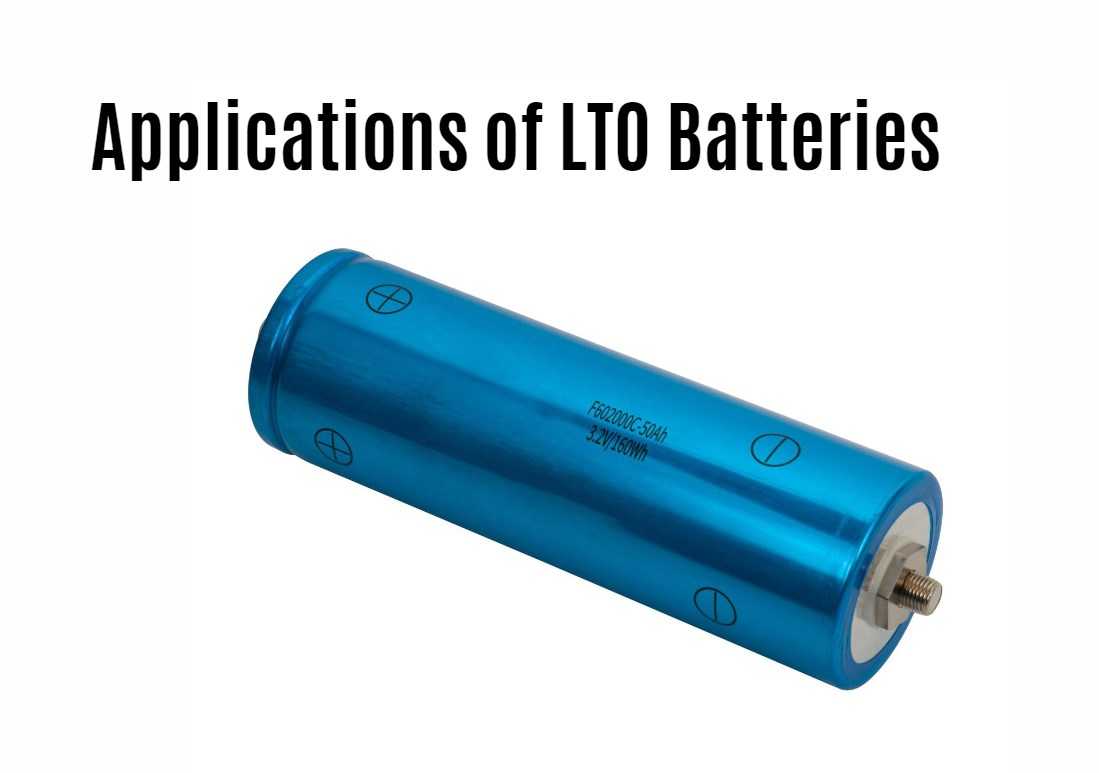Lithium titanate batteries, commonly referred to as LTO batteries, represent a groundbreaking advancement in rechargeable battery technology. Known for their exceptional performance and unique attributes, LTO batteries have gained widespread recognition across various industries. This guide explores in depth the features, advantages, drawbacks, and applications of LTO batteries, offering valuable insights for both consumers and industry professionals.
What are Lithium Titanate Batteries?
Lithium titanate batteries are a type of rechargeable battery that utilizes lithium titanate oxide as the material for the positive electrode. This composition distinguishes LTO batteries from conventional lithium-ion batteries and contributes significantly to their superior performance characteristics.
Advantages of LTO Batteries
Lithium titanate batteries offer a multitude of advantages that position them as a preferred choice for demanding applications:
- High Charge and Discharge Rates: LTO batteries excel in rapid charging and discharging scenarios, making them ideal for applications requiring quick energy turnover, such as electric vehicles and grid storage systems.
- Extended Lifespan: With an extended lifespan characterized by a high number of charge-discharge cycles, LTO batteries ensure long-term reliability and reduced operational costs over their lifespan.
- Enhanced Safety Features: Safety is paramount in battery technology, and LTO batteries exhibit remarkable thermal stability, minimizing risks of overheating or thermal runaway incidents.
- Wide Temperature Tolerance: LTO batteries operate effectively across a broad temperature range, maintaining performance in both extreme cold and hot environments, which is crucial for applications in varied climates.
Drawbacks of LTO Batteries
Despite their numerous advantages, LTO batteries come with some considerations:
- Higher Initial Cost: The production cost of LTO batteries tends to be higher compared to traditional lithium-ion batteries, primarily due to the use of lithium titanate oxide.
- Maintenance Requirements: LTO batteries require regular maintenance, including voltage monitoring, balancing, and occasional capacity checks, to optimize their performance and longevity.
Applications of LTO Batteries
Lithium titanate batteries find diverse applications across several key sectors:
Electric Vehicles (EVs)
LTO batteries are extensively used in electric vehicles, including hybrid cars and buses, owing to their capability for rapid charging, high power density, and durability under frequent cycling conditions.
Energy Storage Systems (ESS)
In energy storage systems, LTO batteries serve as a reliable solution for grid storage, renewable energy integration, and peak-load leveling applications, where stability and efficiency are critical.
Consumer Electronics
The fast charging capabilities and extended lifespan of LTO batteries make them suitable for consumer electronics such as smartphones, laptops, and tablets, enhancing user convenience and device reliability.
Conclusion
In conclusion, lithium titanate batteries (LTO batteries) represent a significant advancement in battery technology, offering unparalleled advantages in terms of rapid charging, extended lifespan, safety, and temperature resilience. While considerations such as initial cost and maintenance requirements exist, the unique characteristics of LTO batteries position them as a versatile and essential solution across automotive, energy storage, and consumer electronics sectors.





